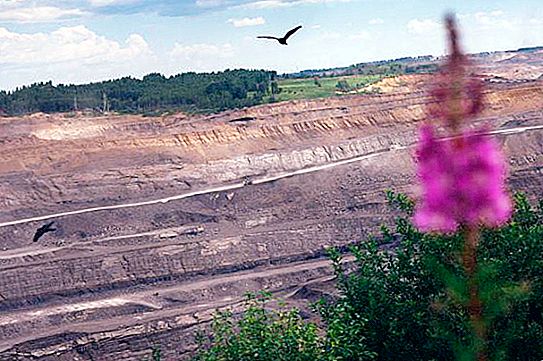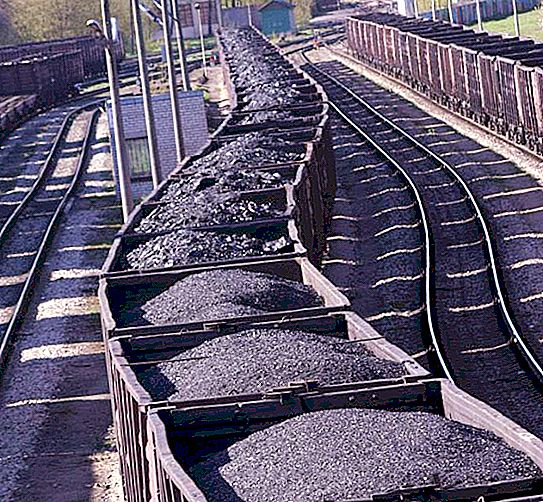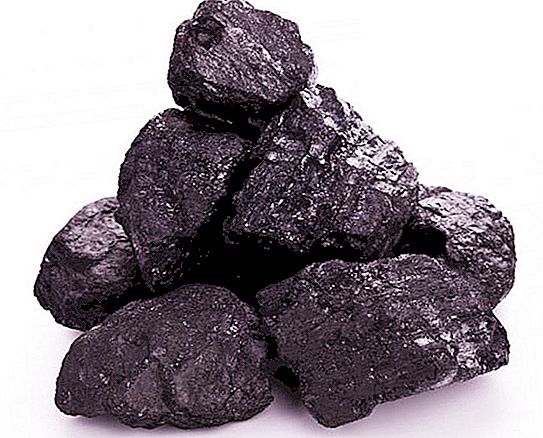The volume and cost of production in the Kuznetsk coal basin are crucial for this sector of the Russian economy. In the past, the region experienced difficult periods, but managed to restore its role in ensuring the country's energy security.
General information
The Kuznetsk coal basin, located in the Kemerovo region, is one of the largest deposits of this mineral in the world. Unofficially, this region is called Kuzbass. It provides about 70% of Russian coal exports. The Kuznetsk basin plays a prominent role in the country's economy. In the second half of the last century, the Soviet Union held the position of a leading coal supplier in the world market mainly due to the resources of Kuzbass and Donbass. In modern Russia, the Kuznetsk basin continues to retain its strategic importance in the energy sector. It is not only the largest, but also the most competitive field of the world's most sought-after fuel. The cost of production in the Kuznetsk coal basin creates tangible economic advantages and contributes to the achievement of high profitability in this industry.

Today, the value of the coal industry has somewhat decreased. In the world arena, Russia is noticeably inferior in this area to the new leaders: China and the United States. Nevertheless, the level of coal production and reserves in the Kuznetsk coal basin makes it one of the most important from the point of view of the economy of the country's regions. The contribution of the Kemerovo region is about 12% of the total income of the Russian Federation.
Geological history
According to scientists, the process of formation of mineral strata in the Kuzbass began earlier than in any other place on the planet. The first coal deposits occurred about 350 million years ago. According to researchers, the geological history of the basin has three eras of intense accumulation of fossil fuels. They formed a total of more than 130 coal seams of various types. Under the weight of the rocks, the stratum containing minerals was deformed and formed folds.
Development history
During the reign of Peter the Great, a research expedition was sent to Siberia under the leadership of the German botanist and cartographer Daniel Messerschmidt. In 1721, in the process of studying the animal and mineral worlds, the scientist discovered the presence of coal in samples found near the Tom River. Daniel Messerschmidt became the first researcher to document the existence of fuel deposits in the Kuznetsk basin. The grandiose scale of reserves was discovered only in the middle of the 19th century. In those days, the volume of production in the Kuznetsk coal basin per year did not exceed several thousand tons. The industry has developed slowly. In the last years of the Russian Empire, this figure was more than a million tons. In the period between the revolution and World War II, the coal industry experienced rapid growth, becoming one of the strategically important areas of the economy. Annual production increased to 20 million tons.
Quality
In Kuzbass coals of all types are found. They have a variety of technological characteristics. Coals occurring near the surface contain relatively little sulfur. This type of fuel is called energy and is used in the chemical industry. Of particular value is coking coal. It is a high-quality fuel and is widely used in metallurgy for iron smelting.
Production
The explored reserves of a coal deposit located in the Kemerovo region are estimated at 700 billion tons. The average depth of the mines is about 200 meters, which by world standards is considered close to the surface level. Coal mining in the Kuznetsk coal basin is carried out in several ways. About two-thirds of the energy source is extracted by the traditional underground method. In the Kuznetsk coal basin, the cost of open pit mining is the lowest. This method differs not only in low costs, but also in relatively safer working conditions.

The main disadvantage of the open method is the violations of the natural system that inevitably occur as a result of its prolonged use. The environmental situation in some parts of the Kemerovo region is officially recognized as catastrophic. The cost of production in the Kuznetsk coal basin by underground method is significantly higher compared to the open method of development. Extraction of fossil fuels in quarries is much cheaper. Coal mining in mines causes less harm to the environment, but poses a serious risk to workers.
The most progressive is the hydraulic method. It is based on the use of powerful liquid jets to transport minerals to the surface. This method is characterized by high productivity and safety, but only 5% of the natural resources in Kuzbass are extracted with its help.







